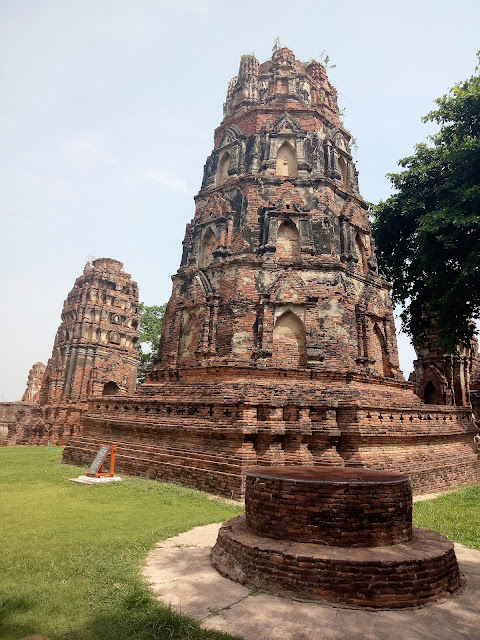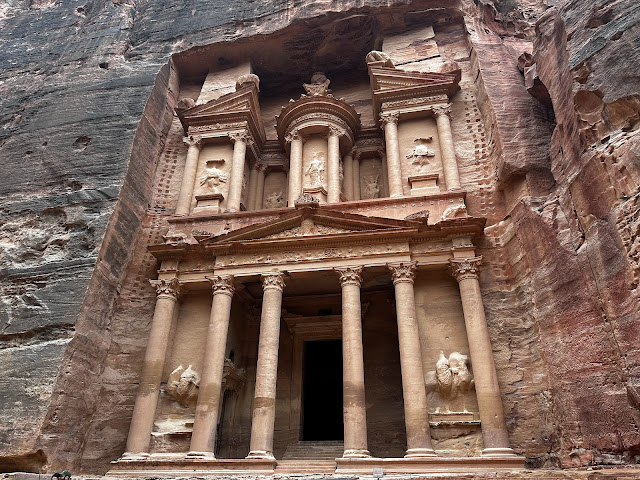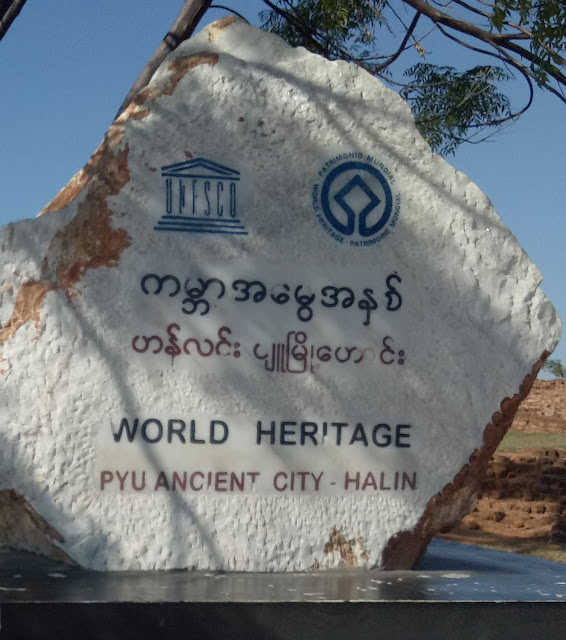"Wat Mahathat" in the Historic City of Ayutthaya
The exact king who commissioned the construction of "Wat Mahathat" is debated.
Some theories suggest that King Ramathibodhi I: the first king of Ayutthaya Kingdom who reigned from 1350 CE to 1369 CE commissioned the construction.
When King Ramathibodhi I died in 1369 CE, his son Ramesuan who was then ruler of Lavo (modern day Lopburi Province) returned to Ayutthaya and assumed the throne. However in 1370 CE, only one year into his reign, his uncle “Khun Luang Pha Ngua”, the ruler of Suphanburi, deposed him and ascended to the throne under the name of Borommaracha I. King Borommaracha I reigned from 1370 CE to 1388 CE. Today, it is widely believed that the construction of "Wat Mahathat" commenced during the reign of King Borommaracha I around 1374 CE.
A further theory suggests that King Ramesuan expanded the original site built by King Borommaracha I around 1384 CE. However, this date does not coincide with the reign of King Ramesuan. Some sources suggest that Ramesuan retreated to Lavo upon being deposed by his uncle. In 1388 CE, upon the death of Borommaracha I, his son Thong Lan ascended to the throne. A week later, Ramesuan returned and overthrew Thong Lan, thus becoming the fifth king of Ayutthaya Kingdom. His second reign lasted till 1395 CE.
Located in close proximity to the Grand Palace of Ayutthaya Kingdom, "Wat Mahathat" which enshrined relics of Buddha was both a royal monastery and the seat of the Supreme Patriarch of the City Dwelling Sector, thus becoming the center of Buddhism within the Kingdom.
The architecture of "Wat Mahathat" appears to have followed the Khmer style of temple construction. Similar to Angkor Wat in Cambodia, the temple mountain which was a representation of Mount Meru (the sacred five-peaked mountain of Hindu, Jain and Buddhist cosmology) located at the center of "Wat Mahathat" consisted of a central tower (prang) surrounded by four corner towers, forming a quincunx.
In 1767 CE during the Burmese Invasion which led to the fall of the Ayutthaya Kingdom, "Wat Mahathat" was set on fire. With no preservation done until the beginning of the 20th Century CE, most of the structures collapsed over time, including the central prang (tower) of the temple mountain of which only the base remains.
Today, "Wat Mahathat" is famous among most visitors due a head of a stone Buddha image entwined in the roots of a tree. It is the most photographed aspect of the temple with most visitors standing in line to get their photo taken next to the head of the Buddha.











Comments
Post a Comment